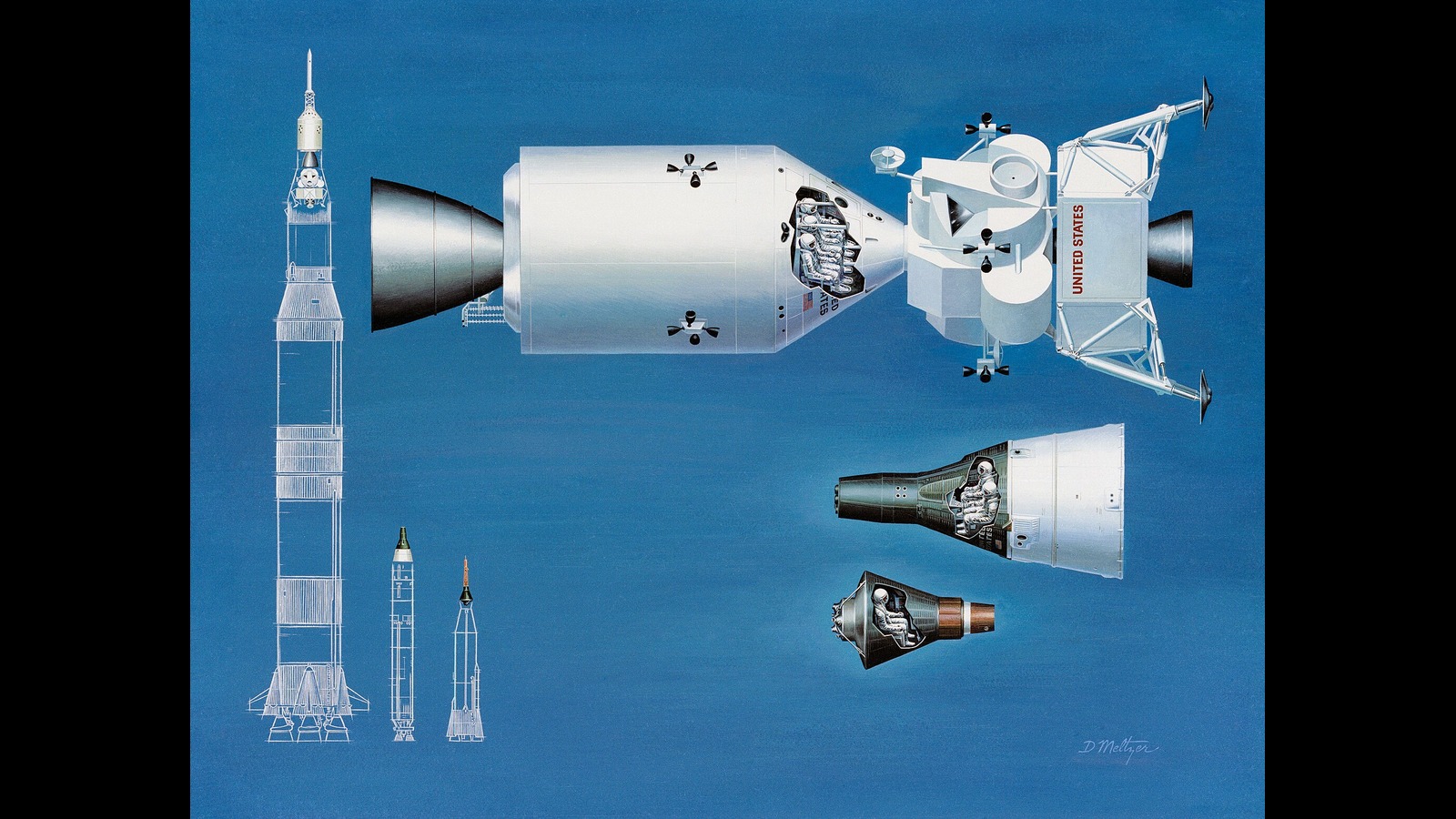T4K3.news
Engineers find flaws in robotic rover testing
A study shows Earth-based tests mislead predictions of rover performance on the moon.

A new study reveals why space rovers often struggle on extraterrestrial terrains.
Engineers discover testing flaws impacting robotic space rovers
Engineers at the University of Wisconsin–Madison have identified a significant flaw in how rovers are tested on Earth before their missions. This discovery comes after analyzing the mobility of rovers in low gravity environments. For decades, researchers built lightweight prototypes to replicate the moon's gravitational pull. They assumed that testing these models in desert sand would accurately predict performance on extraterrestrial surfaces. However, new simulations show that gravity on Earth affects sand's stability much differently than on the moon or Mars. The study indicates that rovers face unexpected challenges on 'fluffier' moon terrain. The team's findings were published in the Journal of Field Robotics and could lead to improved designs for future space exploration missions.
Key Takeaways
"We need to consider not only the gravitational pull on the rover but also the effect of gravity on the sand."
This statement highlights the importance of accounting for different gravitational effects during rover testing.
"It's rewarding that our research is highly relevant in helping to solve many real-world engineering challenges."
Dan Negrut underscores the practical applications of their findings beyond space exploration.
"There are certain types of applications where our simulator can solve problems that no other tool can solve."
This showcases the unique capabilities of the open-source simulation tool developed by Negrut and his team.
The implications of this research extend beyond just improving rover designs. Understanding the physics of how sand behaves under different gravitational forces can influence future missions on the moon and Mars. As space agencies push the boundaries of exploration, refining our testing methods is crucial. This team's work highlights a broader trend in engineering: the necessity of accurate simulations to mirror real-world conditions. Selecting the wrong terrain for testing can lead to severe setbacks, as seen with past missions. Thus, being precise in testing conditions can mean the difference between a successful mission and a costly failure.
Highlights
- Rovers face unexpected challenges on 'fluffier' moon terrain.
- Understanding sand's behavior can reshape future missions.
- Engineers discover sand testing flaws affecting rover performance.
- Accurate simulations are key for successful exploration.
Potential risks in rover testing methodologies
The reliance on flawed testing approaches may lead to costly failures in future space missions. Engineers must reevaluate testing standards to ensure success on extraterrestrial surfaces.
This advancement could reshape how future space missions are planned and executed.
Enjoyed this? Let your friends know!
Related News

New research highlights testing flaws in NASA rovers

NASA's Rover Testing Faces Scrutiny

SpaceX Addresses Falcon 9 Issues Before Crew-11 Launch

NASA scientist fears Mars contamination risks

AI shows strong performance in spacecraft competition

Bedrock Robotics receives $80 million in funding

Bedrock Robotics introduces autonomous excavators

Research unveils secrets of the squirting cucumber
